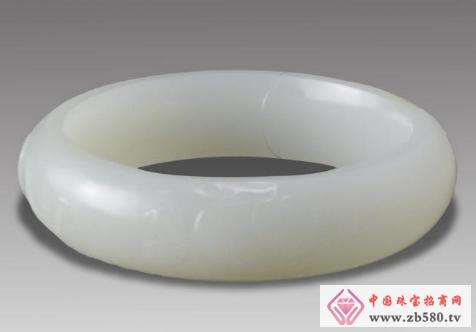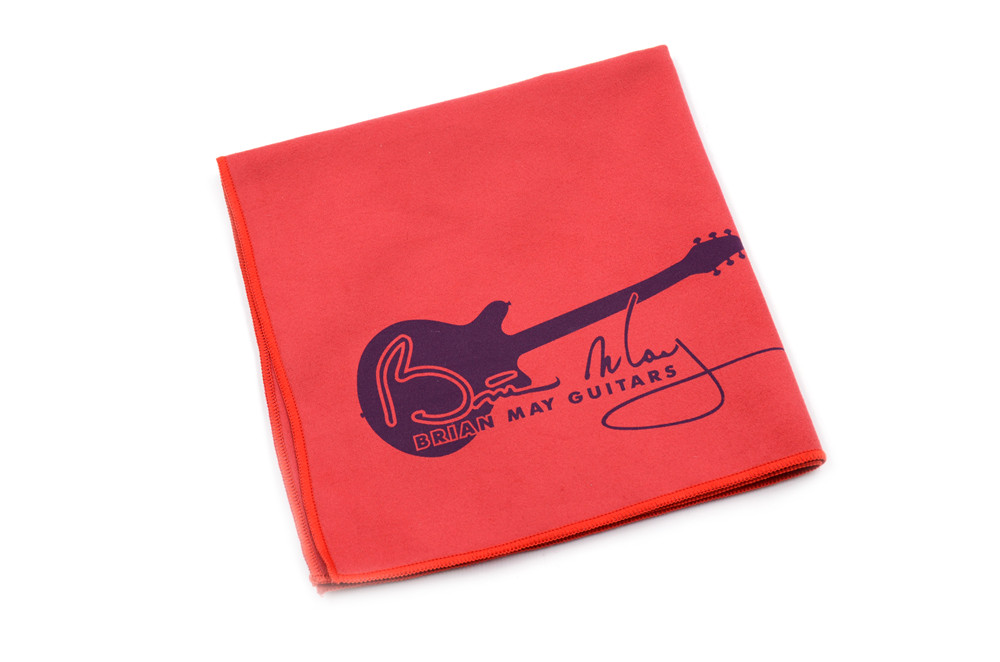Ming and Qing jade identification method
The Ming and Qing dynasties in China are gradually divorced from the artistic traditions of the Five Dynasties and Song and Jade-shaped gods, forming an artistic style that pursues the fine decoration and beauty. At the same time, the antique business community has also produced a large number of antique pseudo-ancient jade articles in order to adapt to the collection and enjoy the social atmosphere of ancient jade articles.

Texture identification
The meaning of jade varies greatly. In addition to jadeite and nephrite, the materials used in ancient jade articles include other minerals and rocks, such as Xiuyan jade, Nanyang jade, Qingtian stone, turquoise, agate and crystal. The composition of these jade is different, the quality is different, and the dosage varies greatly from generation to generation. Nephrite is the main raw material of ancient Chinese jade, with varieties such as white jade, sapphire, jasper, topaz and ink jade. The origin of nephrite is the most famous in Xinjiang, China, and there is also the “Lantian Jade†produced in Shaanxi. Jadeite refers to jadeite, which belongs to the class of pyroxene. The main producing area is in Myanmar. It was late in China and was not discovered until the early Qing Dynasty. It is not the main raw material of ancient Chinese jade. Xiuyan jade is a serpentine family. It is produced in Xiuyan County, Liaoning Province. Its hardness is lower than that of soft jade, and its quality is also poor, but the dosage is quite large. A small amount of jade in the tomb of the Shang Dynasty Women’s Tomb and the Jinyu Yuyi of the Mancheng Tomb are made of Xiuyan Jade. Nanyang jade is produced in Henan Province and has a high hardness. It is between jadeite and nephrite. It is also an important raw material for ancient jade articles. Turquoise was used as an ornament together with jade and agate jade in the Neolithic period, and was found in the Yongjia Qijia Cultural Site in Gansu and the Dawenkou Cultural Site in Shandong. These jade carvings of different textures have different merits. An important aspect of judging the pros and cons is to analyze the material according to the quality, cleanliness and color of the jade. The determination of the jade needs to rely on scientific instruments.
Shape identification
Due to the different styles of the times, the jade making time of the same type varies greatly in the morning and evening. For example, the production of Yuxi has a long history in history, from the Neolithic period to the Ming and Qing Dynasties. But in different historical periods, the size, use, and ornamentation of jade are very different. In the Neolithic period, the jade has no grain, no rough shape, and obvious cutting marks. The jade in the Shang and Zhou Dynasties, the shape is still irregular, thin and uneven, and no ornamentation; the jade in the Spring and Autumn Period and the Warring States Period The machine is quite regular, and has engravings such as silkworm, grain, ply, and animal prints. The Han Dynasty followed the style of the Warring States, but the carvings were more elaborate, and more commons were seen; from the Han Dynasty to the Song and Yuan Dynasties, jade I don’t see much, and the use is different from before. It is only used as a jade, and the production is not regular. During the Ming and Qing Dynasties, a large number of antique jade appeared, and the ancient winds were lost.
Identification of ornamentation
The type and evolution of the ornament reflects the characteristics of the ancient jade, reflecting the style of the work. Therefore, the distinction and judgment of the ornamentation features is one of the main criteria for identification. The jade articles of the Neolithic period are more common in animal face, dragon, bird, and string; Shang Zhou jade is mostly in animal face, dragon, phoenix, thunder, and striate; during the Spring and Autumn Period Grain, plum, silk, pattern, bird, dragon, and crepe are the most common; the jade ornament of Han Dynasty is mainly composed of hook and cloud, and also has grain, silk, crepe, etc.; After the Song Dynasty, the ornamentation became more natural and widely used. The flowers and worms could be carved and the shape was more realistic. In the Ming Dynasty, the dragon pattern, the sylvestris and the tangled flowers, the landscape characters and the engraving and engraving were increasing. In the Qing Dynasty, the antique ornamentation is very popular, and various flower patterns are colorful. At the same time, there are royal poems and various inscriptions. Dragon-shaped patterns in the jade articles of the past generations are not uncommon, but the dragon-shaped changes are very large. The appraisers compared the dragons of different periods from many subtle parts such as the dragon head, the dragon's horn, the longan, the dragon eyebrow, the dragon's eye, the dragon's foot, and the dragon's tail, as the standard for the age and authenticity of the dragon-shaped ornamentation artifact. .
Various products of Musical Instrument Cleaning Cloth, providing product images and basic parameters with each Musical Instrument Cleaning Cloth and Musical Instrument Wipe Cloth; We are a professional Chinese manufacturer of Musical Instrument Cleaning Cloth, and look forward to your cooperation!

Musical Instrument Cleaning Cloth
Musical Instrument Cleaning Cloth,Violin Cleaning Cloth,Guitar Cleaning Cloth,Clarinet Cleaning Cloth
Danyang Flanders Textile Co., Ltd , https://www.flandersmicrofiber.com